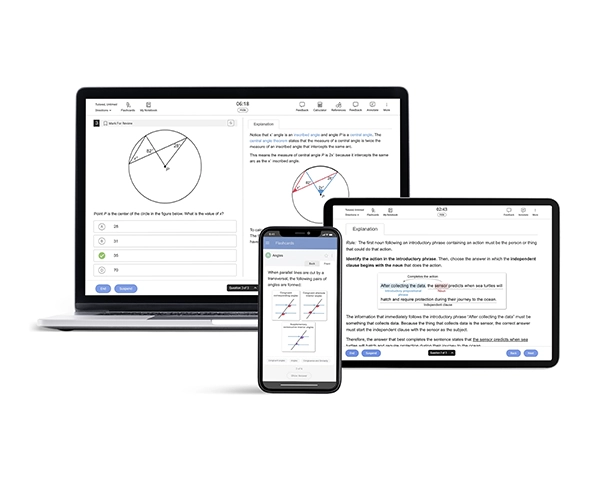Goodbye, adversity score. We hardly knew ye.
2019 was a year of self-inflicted controversy for the College Board. In May of last year, the College Board announced its rollout of the Environmental Context Dashboard, which quickly became known as the “adversity score.”
The adversity score was a 0-to-100 score that was to be assigned to each student who took the SAT® in addition to their actual exam score. The adversity score had nothing to do with an individual’s SAT test. Instead, it was a score that measured a test taker’s socioeconomic status.
Using a variety of factors including crime rates, poverty levels, unemployment, and percentage of single-parent families in a student’s high school and neighborhood, the adversity score would give colleges and universities a tool to measure an applicant’s level of advantage or disadvantage.
According to David Coleman, president of the College Board, this was an attempt to level the playing field and show context for a student’s score. On NPR’s Morning Edition, he said, “The big news here is by looking at SAT scores and that data together, you reveal a third thing, which is resourcefulness. What have you done given those disadvantages and what have you made of them?” 1
In a subsequent interview, Coleman went on to explain, “The thinking was that if a student overcame economic or other challenges to earn a certain SAT score, that information should be known by decision-makers.” 2
Well-intentioned or not, public outcry came swiftly and vociferously.
Alarmed by the announcement of this new dashboard, parents, teachers, and school counselors immediately raised concerns, and the College Board quickly found itself caught in a public debate that played out in national media.
Among the objections raised by detractors were these three questions: 1) Why wasn’t the student or the student’s family allowed to see their assigned adversity score? 2) How is it possible to understand the complex story of someone’s life in a number? 3) Couldn’t colleges or universities potentially use this score to discriminate against students on either end of the scoring spectrum?
The debate was intense. Articles were written. Interviews were given. But the College Board held its ground. The adversity score was here to stay.
Until it wasn’t.
Under intense scrutiny, the College Board hinted it was open to changing course and allowing students to see their adversity score. This was a key concession, but it was not enough to quell the storm of public criticism.
Ultimately, the backlash proved to be too much, and the College Board announced in August that they were dropping the Environmental Context Dashboard.
In a follow-up article with NPR, Coleman said that reducing “complex information down to one number was problematic and the company is now reversing its decision.”
“The idea of a single score was confusing because it seemed that all of a sudden the College Board was trying to score adversity,” he explained. “That’s not the College Board’s mission. The College Board scores achievement, not adversity.” 3
Within a three-month timeframe, the Environmental Context Dashboard was introduced, debated, defended, adjusted, and dumped. End of story.
Except…
Is it really the end of the story?
In the place of the Environmental Context Dashboard, the College Board has launched a different dashboard — this one is called LandscapeTM. Much like its predecessor, among other information, Landscape provides data to colleges about a student’s high school and neighborhood. Household structure, median family income, education levels, crime rates — these are just a few of the indicators that are made available.
While there are some critics who feel Landscape is just an adversity-score twin, the College Board is quick to point out the two key differences: 1) Students and their families will have access to the information in their dashboard (within the next year), and 2) Data points regarding a student’s high school and neighborhood will be listed but not given a score.
“We’ll leave the interpretation to the admission’s officer,” Coleman said. “In other words, we’re leaving a lot more room for judgment.”
Time will tell how the new dashboard will be received by the public, but the initial rollout has lacked the controversy of the adversity score. That’s a good thing for everyone involved.




